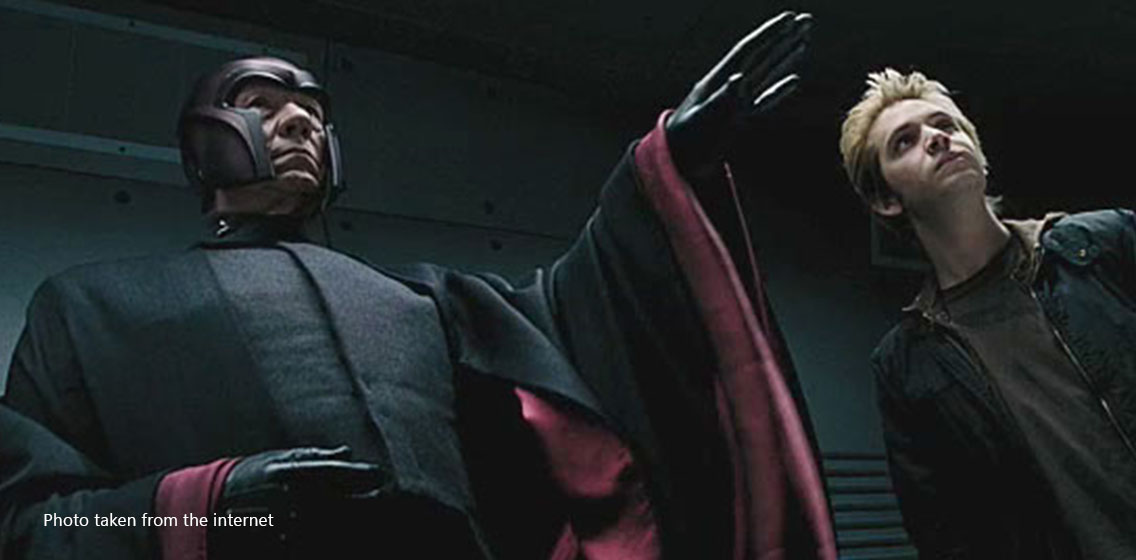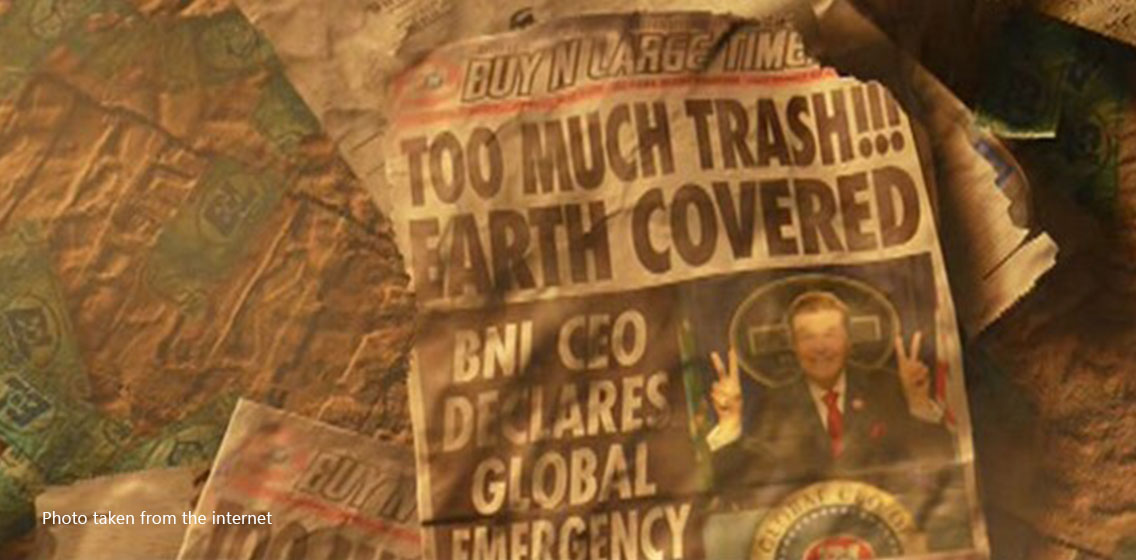The back story: Spilling cinematic secrets
As movie enthusiasts, it gets tiring to witness the heart-stopping car chases, epic character encounters, and brutal fight scenes more than once on the big screen. What we’re not aware of is that behind these evident narratives hides layers of intriguing subtext that turns your typical popcorn movie into a mind-blowing revelation. If you want to unleash the inner movie-buff in you, the fascinating hidden messages behind these films are definitely worth decoding.
![]()
Avatar (2009)
The tip of the iceberg:
Exploring its way into a whole new world called Pandora, this offbeat sci-fi film depicts the life of the indigenous tribe of the Na’vi. Jake Sully, a paraplegic marine dispatched to Pandora, becomes mobile again with the help of an Avatar, linking their minds to allow him free movement, but only as one of them. Along the way, Jake find himself facing a choice between following orders or battling for the survival of this new world.
Beneath the surface:
The battle of Pandora exists in the real world as the film’s renowned director James Cameron, stepped up to relate the message of saving the Amazon rainforest. The indigenous people of Amazon are facing threats with the increasing construction of huge dams along the rainforest’s bodies of water. Numerous parts of the movie shed light on the dangers fronting the beauty of the rich, abundant rainforest—an overlooked treasure in front of our eyes. With the greed of some corporations that prey upon these rich resources in their hands, some even use the power of the government by displacing, and worse killing, the native people who have the right to their own land in the first place. In addition to the heavy weight of the film, Cameron wanted the viewers to live out their advocacy statement of protecting the world’s natural resources.

X-Men (2000)
The tip of the iceberg:
Based on the Marvel Comics superhero team, X-Men is a complicated series with an interlocking plotline focusing on time travel. It dives into the world of mutants who possess different superhuman powers that make them unique from the rest of humanity.
Beneath the surface:
As mutants struggle to fight for their rights and society’s acceptance, their actions are strongly related to the gay rights movement throughout the 21st century. The scene in the movie stated a point of “coming out” when Bobby Drake as Iceman, one of the founding member of X-Men, was immediately rejected after confessing his true nature of being a mutant to his family. In another significant subplot, X-Men: The Last Stand also draws on the similar idea when it recalls as to why doctors should prescribe hormonal therapy drugs in fixing homosexuals which is somehow similar to the present “gay conversion” camps the US Vice President Mike Pence is pushing for in his advocacy. Unbeknownst to us, the X-Men film elements have effectively portrayed real-world dilemmas by representing a group strong enough to stand for equality.

The Lego Movie (2014)
The tip of the iceberg:
Showcasing an original 3D animated story based on the LEGO line of construction toys, the film follows the epic quest of an ordinary LEGO mini figure named Emmet, who is mistakenly identified as an extraordinary figure who can save the world by stopping an evil tyrant from gluing everything together, a hopeless attempt at seeking perfection.
Beneath the surface:
Underlying the colorful collection of mini figures are some of the movie’s deeper themes tackling individualism and commercialism. Emmet’s perspective had changed since being recognized to save the world. He then learned to form his own ideas even as they went against the rules of society by imposing the importance of building your own world and disregarding the rules of others to encourage viewers to express our own liberating individuality. As The Lego Movie is built around a pre-existing brand, the film obviously capitalizes a business out of the LEGO figures. This theme is depicted through Emmet’s wild journey on becoming “The Special” figure. Perhaps the fact that many movies based on toys have already been made, this film is something viewers have perceived to be worth watching, making the film a successful advertising piece.

Sausage Party (2016)
The tip of the iceberg:
The story revolves around the lives of supermarket products struggling to find the real purpose of their existence. After some soul-searching, some of the characters find out about the horrifying truth of being eaten as a meal after they have been purchased, and then start devising a plan that would let them escape from being entrapped in an empty gut.
Beneath the surface:
Sausage Party isn’t just about the humor, raunchy, and wickedness of the comedic animated film, but takes on a more philosophical view on the meaning of life. As we know, the purpose of grocery food is to be purchased by customers. But apparently, the film sheds light on the question of our existence and afterlife, a cynical foretelling of religion. As a means to pacify society, the supermarket’s religious system was fictionally represented by the non-perishable goods like Firewater, the alcoholic drink, and Mr. Grits, the cracker, which tells us that faith is an important element that keeps us sane.

Wall-E (2008)
The tip of the iceberg:
A dystopian film in the not-so distant future predicts the Earth’s environment as devoid of plant and animal life. The story runs around the robot named Wall-E, the last poor robot left on Earth who routinely works everyday cleaning up the planet. As the rest of the story embarks on the greatest space journey of Wall-E, this adventure will ultimately decide the fate of mankind.
Beneath the surface:
The beginning of the movie shows the empty planet of Earth with no signs of humans at all left only with pollution and garbage around the land. Nerdist.com explained that the whole film is basically an environmental wake-up call, an eye opener reflecting on the various issues of the depletion of our own planet’s resources. The film notably pointed out the important aspects of mass consumerism and high-dependence on technology as the “humans of the future” indulge their selves so much on using social media—a close reality of the present. Lastly, Wall-E leaves us with a warning that if we don’t stop polluting the Earth, it would be too late for us to realize that we didn’t make any move to prevent this ill-fated prophecy from happening in the near future.





